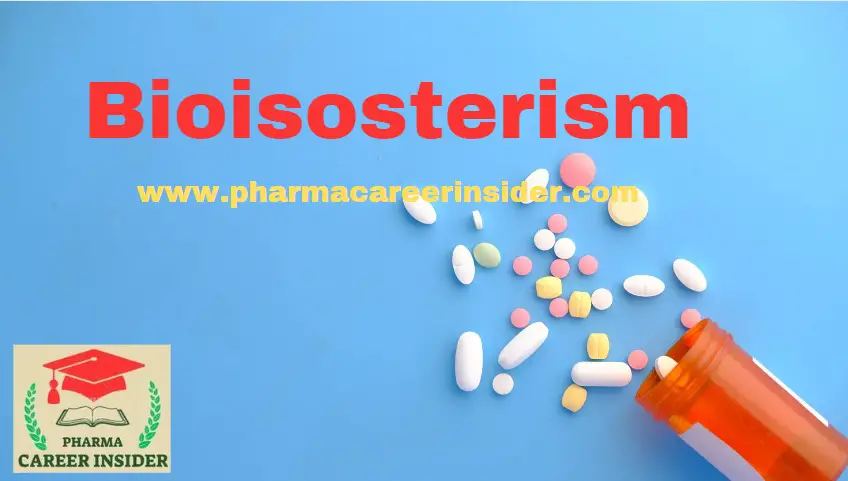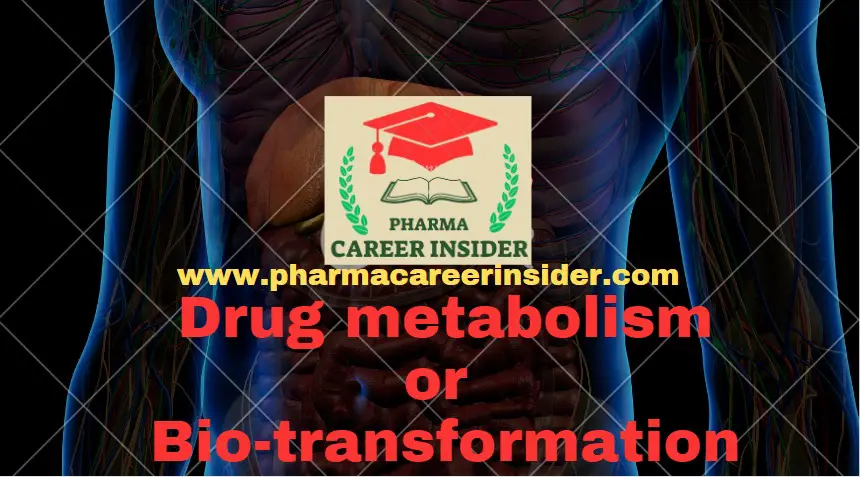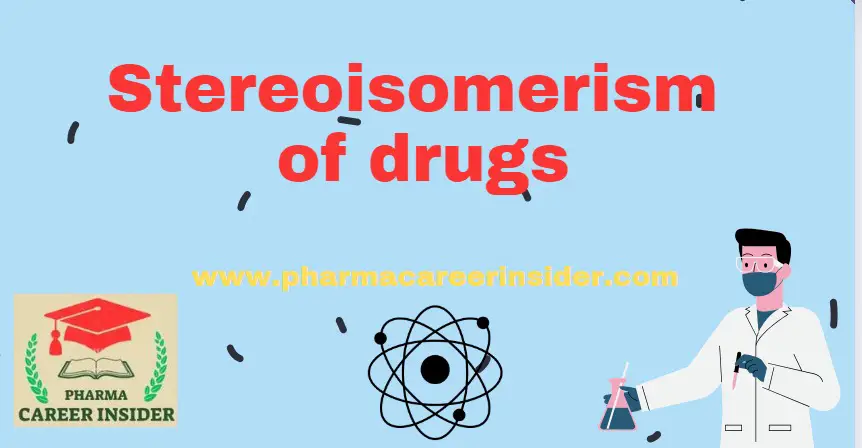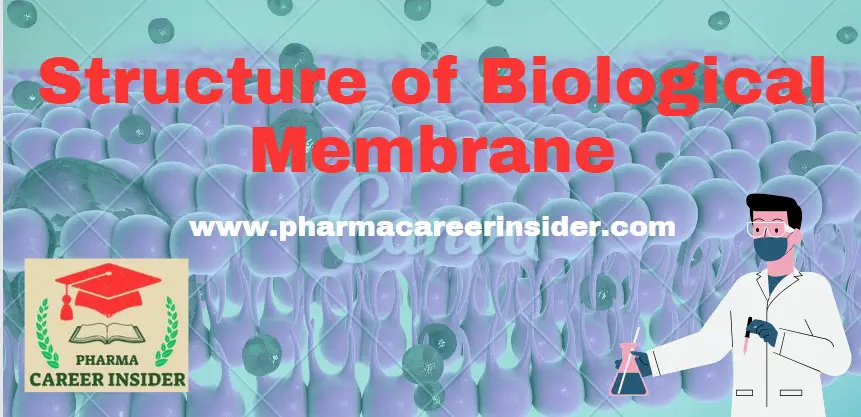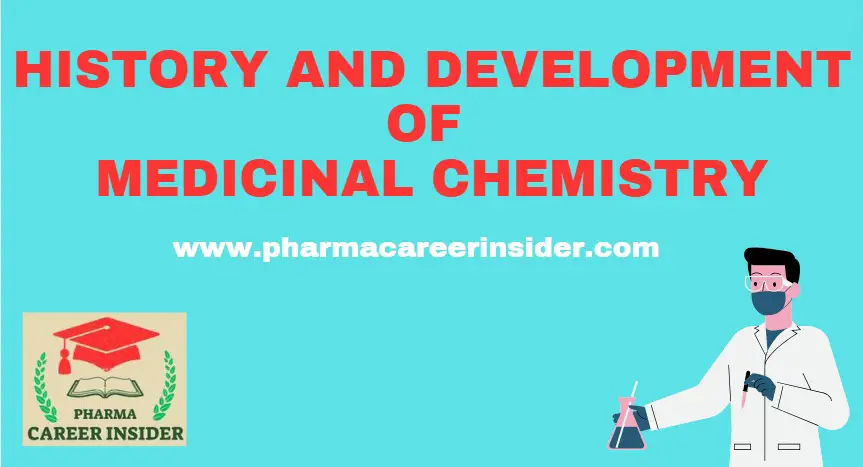Antibiotics: Historical background and Classification
INTRODUCTION Antibiotics, also known as antimicrobial agents, are medications that destroy or slow down the growth of other species of microorganisms. They include a range of powerful drugs used to treat diseases caused by bacteria, fungi, actinomycetes, etc. Or The term antibiotic originates in the word antibiosis (i.e. against life). Antibiotics are chemical substances obtained … Read more

